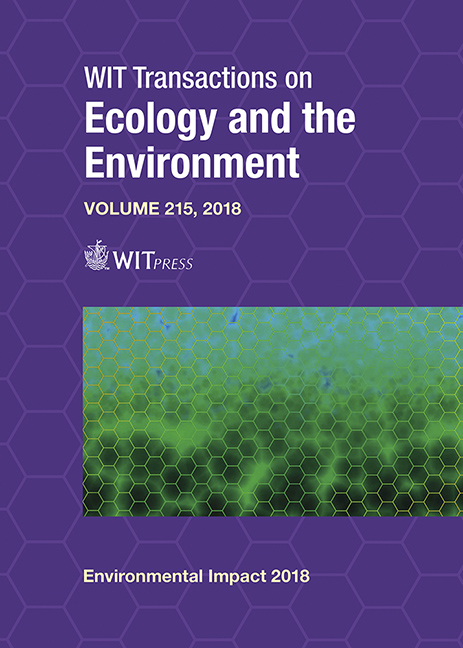MANAGING ENVIRONMENTAL FLOWS AND WATER RESOURCES
Price
Free (open access)
Transaction
Volume
215
Pages
12
Page Range
177 - 188
Published
2018
Paper DOI
10.2495/EID180161
Copyright
WIT Press
Author(s)
PAUL A. MONTAGNA, CRYSTAL CHALOUPKA, ELIZABETH A. DEL ROSARIO, AMANDA M. GORDON, RICHARD D. KALKE, TERENCE A. PALMER, EVAN L. TURNER
Abstract
Construction of two dams on the Nueces River reduced environmental flow to the Nueces Marsh causing ecosystem degradation. A pipeline was built to enhance flows and restore hydrological connections between the river and marsh. Sediment and water quality has been monitored in Rincon Bayou since the pipeline was operational in 2009. Hydrologically, Rincon Bayou is still a reverse estuary that occasionally exhibits hypersaline conditions. The salinity can fluctuate from fresh to hypersaline, and hypersaline to fresh in very short time periods. Pumping from the Calallen Pool into Rincon Bayou occurs only when there is also natural inflow because that is the only time when pass-through is required. Nutrients are high when salinity is low. The diversity of macroinfauna and macroepifauna is low. There are very high fluctuations of abundance and biomass related to fluctuations in inflow. The low diversity and population fluctuations indicate the ecosystem is still disturbed. To improve the marsh, salinity should be maintained between 6 and 18 psu, minimum water depth should be between 0.2 m to 0.3 m, and to improve ecological stability inflows should be a continuous trickle, not a pulsed flood. Therefore, inflows from pumping should be continuous and not haphazard, and not dependent on pass-through requirements.
Keywords
adaptive management, benthos, estuary, freshwater inflow, marsh, nutrients, sediment quality, Texas, water quality, water quantity





